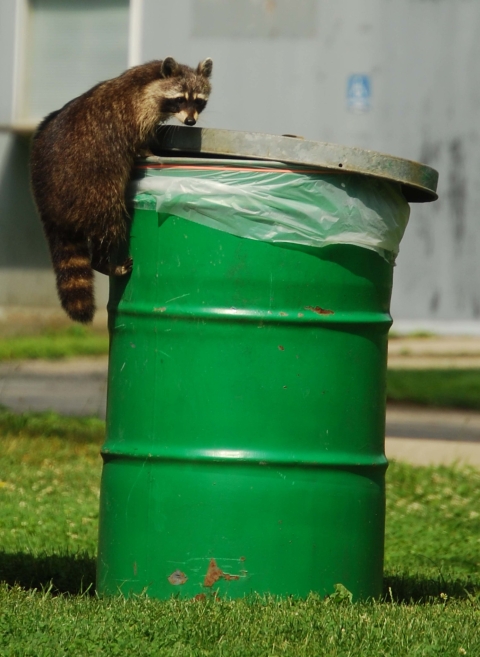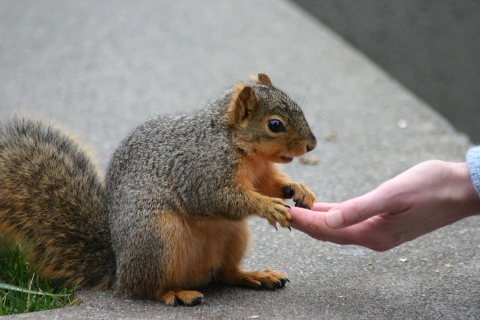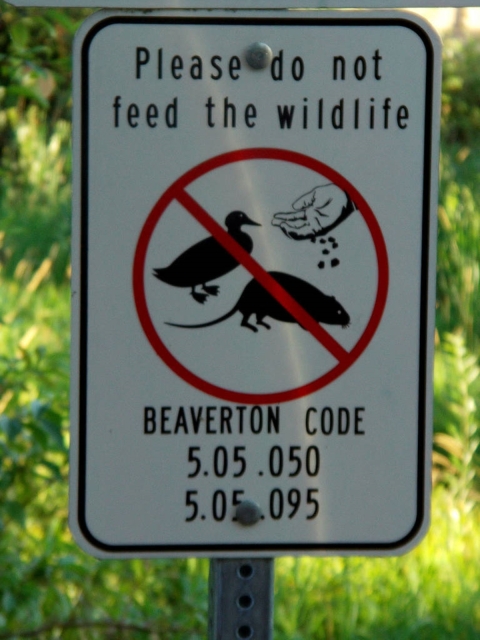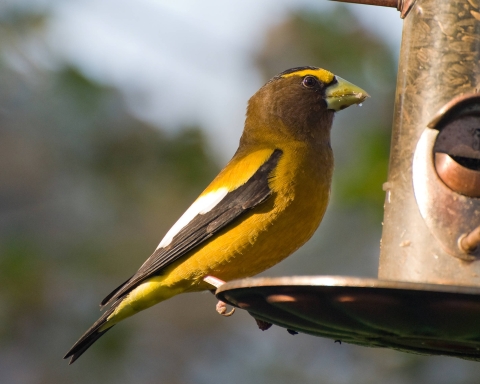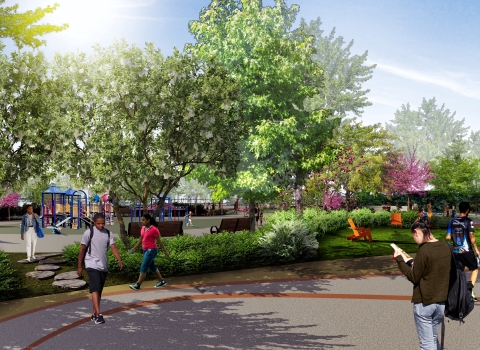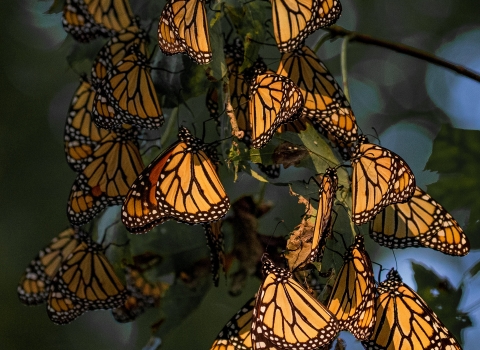It can be easy to see wild animals in our backyards and public areas and think that they are just like our pets at home. It might even be tempting to sneak one of these critters a snack. But feeding wild animals, whether on purpose or by accident, can be harmful to their health and ours. Read on to learn more about how to safely interact with your local critters.
What is the difference between accidental and intentional feeding?
An accidental feeding is when the animal gained access to the food indirectly. Many accidental feedings occur when animals get into litter that’s been left behind or loosely secured trash.
An intentional feeding is when an animal gains access to food because of direct human interaction. This type of feeding might include leaving food out for an animal in your backyard or encouraging an animal to eat out of your hand.
Why is it harmful to feed wild animals?
Wild animals have naturally specialized diets.
Most wild animals have grown to have a specific diet over time. Some may thrive best on insects, others may feed only on plants. Regardless, human or domestic pet food is not part of a wild animal’s diet. Food designed for humans or domestic pets is meant to meet the nutritional needs of the species it is designed for. If a wild animal were to eat food like this, they might not get the nutrients they need in order to survive. Malnourished animals are likely to die from lack of proper nutrients or predation due to their weakened body.
Even though it may seem like your local possum, raccoon, or other animal might be able to eat food designed for your household pet, it is still unsafe for wildlife to eat pet food. Most pet foods are designed to meet the specific nutritional needs of domesticated animals and are not meant for the active lifestyle of a wild animal. Pet food is just as harmful to wildlife as human food.
Wild animals are not used to packaged foods.
Many foods designed for humans and domestic pets are wrapped in foil, paper, or plastic wrappers while the food that wildlife eat in their natural habitat do not come wrapped. Most animals have never had to identify a wrapper and avoid eating it. If accidentally eaten, they may get sick.
Wild animals can become too accustomed to people and become dangerous.
Wild animals that gain regular access to human or domestic pet food slowly get used to being in busy areas and seeing humans. Over time, these usually calm and docile animals may become aggressive and cause harm to people in the area.
Wild animals might expose you or your loved ones to disease.
Interacting with and feeding wildlife can be dangerous to humans too. Animals can carry diseases, including hantavirus and rabies. Avoid exposing yourself to these harmful diseases by taking care to not feed or closely interact with wildlife.
I have birdfeeders in my backyard—is that okay?
The short answer is yes, feeding your backyard birds is okay (with some conditions). Research done on this subject has shown that there is little to no indication that backyard bird feeding negatively impacts the diet, behavior, or activities of birds. Basically, bird behavior is not changed by feeding in a way that could harm humans like we see with other wildlife.
Sydney Dragon, SCA Intern for the USFWS Arlington Ecological Services Office and passionate advocate for backyard bird feeding, says, “As a birdwatcher, we place bird feeders outside to enjoy the beauty of wild birds up-close. In turn, the birds are eating the birdseed to supplement nutrients in their diet that they may be lacking. Due to pesticides, habitat loss, housing developments, infrastructure, and climate change climate change
Climate change includes both global warming driven by human-induced emissions of greenhouse gases and the resulting large-scale shifts in weather patterns. Though there have been previous periods of climatic change, since the mid-20th century humans have had an unprecedented impact on Earth's climate system and caused change on a global scale.
Learn more about climate change , the natural food of birds has decreased. Therefore, bird feeding benefits birds when done the correct way.” Dragon also emphasizes that store-bought birdseed is designed to mimic some of the foods found in their natural diet and can be a healthy food source for many birds.
The one similarity between feeding birds and feeding other wildlife is the spread of disease. Birds, like other animals, can contract diseases from any common source, including a feeding station. It’s easy to keep your bird station disease-free by cleaning it regularly, watching birds for any signs of distress, and preventing your feeders from turning into buffets for other non-avian wildlife. You can read more here about how to keep your birdfeeders safe for your local avian friends, or check out Dragon’s video about bird feeding basics.
How can I safely interact with wildlife and prevent accidental feedings?
Observe wildlife from a distance. If you want a closer look, use a pair of binoculars.
Securely close your trash, recycling, and compost bins.
Keep pet food and water containers indoors instead of outside.
If you have a bird feeder, regularly sweep up any excess seed that falls on the ground.
Don’t litter—throw away your trash in a trash can or bin. If there isn’t one nearby, take your trash with you and throw it out when you find a trash can.
If you see an animal that you think may be orphaned, injured, or in need of further assistance, contact a local licensed wildlife rehabilitator. Do not attempt to rescue or feed the animal yourself.

